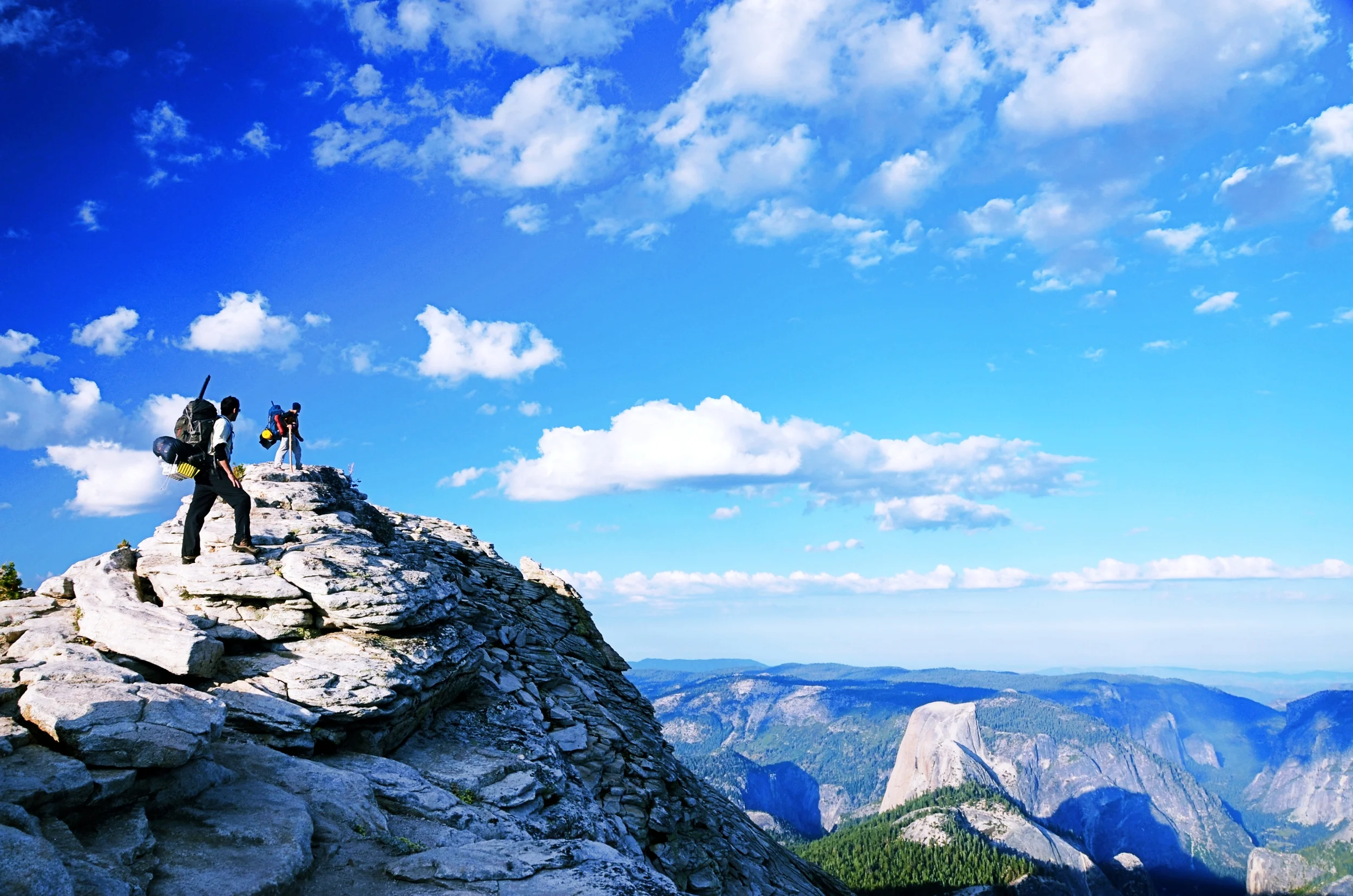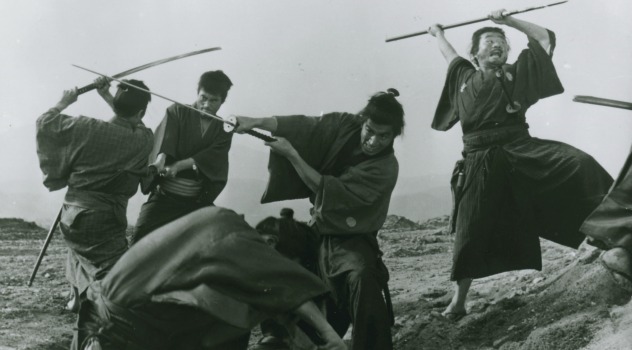Martial Musings: Syntax of Effortless Throwing
I have long searched for the Universality that makes for good martial motion. Insights on effortless throwing, though mine, became possible due to a combination of traditions -Aikijujutsu (SS, HRV & DA), Panantukan & Dumog (RS) , Silat (JK) and Baguazhang (BKF). Having spent a better part of 2014 & 2015 testing this insight, I now would like share it.
It was 7 AM, 37F degrees on a cold frosty Saturday morning at our Rengstorff Park Dojo. A handful of students were present, bundled up ready to train. I decided to unravel what I now call the "Syntax of Effortless Throwing".
I started the dialogue to get their juices flowing. Preferably, students arrive at the conclusion/discovery themselves where by "my" insight becomes, forever, theirs. My question to them on that chilly morning was, "what makes all our 9 throws and 4 major henka/variations effortless ?"
Responses ranged from "10k hours of practice" to "flow" to "luck."
I gave them a hint: "What is common across them all, what is the platform? If we view each throw as a specific application, then what makes the operating system (OS)?"
Silence. Thinking is hard work.
The OS is "universal laws of martial motion," regardless of style, system, race etc. We all have but two arm and two legs, and they can move in a finite number of natural patterns. Learning to tweak and recombine them is what separates mastery and pure expression from monkey see, monkey do.
I went through a bunch of our system's throws...and slowed the mechanics down. I then started to speak out loud as I executed the throws. As the pattern started to unravel in front of their eyes, I gave them the syntax, the algorithm.
"Perform Tai Sabaki, connect to the body, move into continuous locking until you get the spine, shift the opponent's c enter/weight and execute the throw."
Let's break it down.
Step 1: Tai Sabaki - Within our system, your body moves in 10 specific angles. These angles nuetralize the attack and minimize opponents options, while maximizing your own options. This is the foundation, now, you begin the task of
Step 2: Adhesion (Connecting & Sticking) - Begin to bridge of the gap (entering safely) and moving into the trapping zone (dreaded by many, but this is the stuff that seperates masters from the amateurs). You have now checked the opponents limbs and are connected as one system: adhesion at its best. From here one moves to
Step 3: Lock(ing) the Skeletal Structure - Progressively apply pressure on the opponents joints. The goal here is to create a wave of locking until the opponent finds their spine/skeletal structure locked/frozen - unable to move. This puts a tremendous amount of pressure on the neck and lower spine. The opponent's c hoice is to either collapse on himself (congratulations, you have an otoshi) or
Step 4: Move weight onto one leg - to release the pressure from the spine. With this you will notice the body move, the center is dislodged and shifts, creating that perfect opportunity to
Step 5: Executive the throw - BAM!
Do not forget to follow up, and finish the fight.
Don't take my word for it though. Try it, tweak it and make it yours. Each component on the algorithm has a purpose, leaving any out may come with a heavy price tag:
No TaiSababaki - you will be hit or not be in range, and the resulting struggle ensures
No Connecting - you will lose the sense of how you function as a system. Instead of skill you will try to muscle your way through.
No Skeletal Freezing - the opponent has plenty of opportunities to free himself/herself and in the worst case, counter attack.
No Weight Shift - yo u don't own your opponent's center and you will need to use tremendous effort to live.
See how you can adapt and bring true awareness into your movements. Without understanding the pieces of the whole, you leave a lot to chance.
And the biggest takeaway from this is - you now use all the throws you already know as suggestions only. You are able to mix/match them into entirely new possibilities - your own throws. Think about that. That is the true freedom of understanding and making this insight function.
Let me know if you have any questions or insights. I look forward to learning together.
Best regards,
Mahipal Lunia, Sensei
www.MountainViewAiki.com
www.TheRenaissancePath.com
www.RadicalChangeGroup.com












